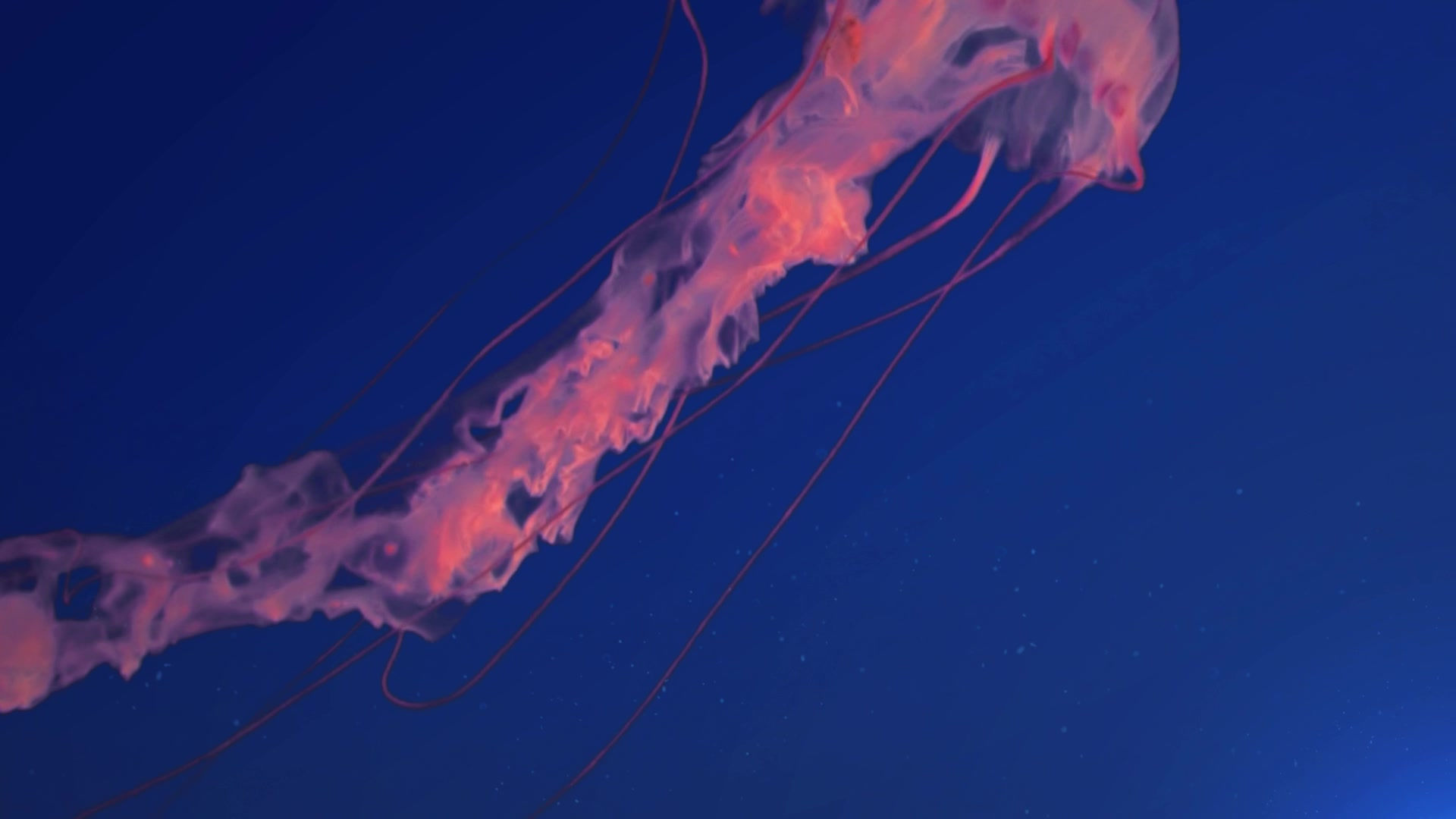
Rituals
When groups of co-workers perform rituals together, they can help promote bonding within the group (Powell 2017, 262). The lack of a common background among sailors, even today, could lead to conflict in the cramped environment onboard ships (Rouleau 2007). Sailors created superstitions and rituals as a practical form of religion that was not based on any mainstream religion (Rouleau 2007, 40). This form of religion focuses on elements of nature. This can be seen in the reverence of King Neptune, a God of the sea and the deep, rather than the Christian God of Heaven that is worshipped by most Europeans.
The crossing of the liminal space of the equator provides the opportunity to transform the novice crew members into full sailors. In this space, for one day, life on the ship is turned upside-down. In addition to paying homage to a god of the depths, rather than a god of the heavens, clothing, speech, and order on the ship is inverted during the crossing the line ceremony. On the day that the ship crosses the equator, the Captain hands over control of his ship to King Neptune and his court. Although the Captain may beg for mercy for his officers, King Neptune, who is played by the Sailor who has been a shellback the longest, reminds the Captain that all of the pollywog initiates will be treated equally (Bronner 2006, 17-18). The traditional rank structure is overthrown in favor of ranking based on how long a sailor has been a shellback. The shellbacks don the clothing of pirates and hoist the Jolly Roger over the ship, the antithesis of national navies, and merchant ships (Bronner 2006, 47). In addition to pirate clothing worn by the majority of the shellbacks, some are selected to portray King Neptune and his court. This involves wearing the heads of string mops on their heads to simulate long white hair and toga style clothing. Although women now serve on board many naval vessels around the world, the roles of Neptune's Queen and her nymphs are almost exclusively played by male shellbacks dressed in women's clothing (Bronner 2006, 13). Pollywogs wear their undergarments on the outside of their clothing and are beaten with paddles, ropes, and rubber hoses. The pollywogs are yelled at and ridiculed by shellbacks regardless of rank. Pollywogs must complete a series of tasks to prove their worthiness as a sailor (Bronner 2006, 12-13). By stoically enduring the rough treatment from their fellow sailors, novice sailors can prove their manliness and ability to withstand the hardships and deprivations that often accompanied life at sea (Rouleau 2007, 41).
Several elements are common in most crossing the line rituals. First, the pollywogs are presented with a summons to stand trial before King Neptune; then they visit the barber where foul substances or grease is applied to their faces. After the visit to the barber, they are examined by the doctor and given a “truth serum” or “bitter pill.” These items contain edible, but unappealing substances, often including spicy sauces (Bronner 2006, 13-14). Like many other initiation rituals, the pollywogs must prove their desire to become a shellback by performing humiliating acts, such as pushing something across the ground with their nose, or eating something out of the greased bellybutton of the Royal Baby, often portrayed by the most rotund shellback (Sims and Stephens 2011c, 122-23; Bronner, 2006, 14). The pollywogs are then repeatedly dunked or doused with water. After these elements of the ritual are completed, the pollywogs remove their dirty clothing and are washed down. Once they are clean, the new shellbacks dress in clean uniforms and participate in the “Shellback Ball” where they will receive their certificates (Bronner 2006, 14-15). The certificate is highly prized and by receiving their certificate and a smaller card to be carried in their wallet, these new shellbacks are promised that the next time they cross the equator, they will be the ones initiating pollywogs into the solemn mysteries of the order of the deep.



